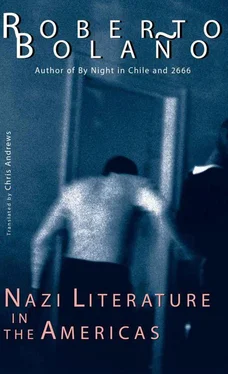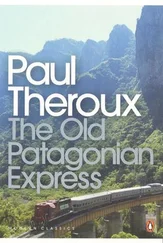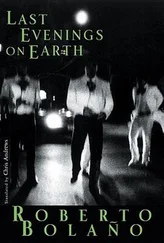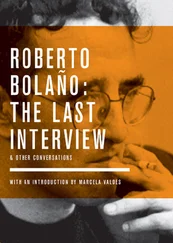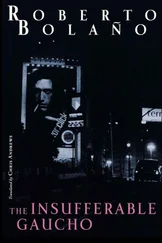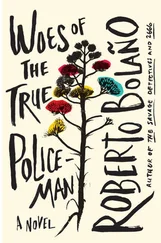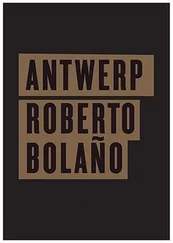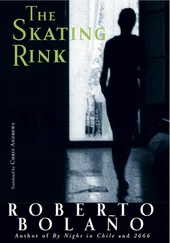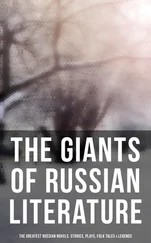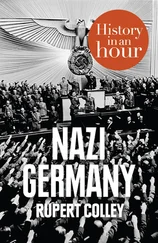The differences between the first and second editions of The Destiny of Pizarro Street are not especially striking. Some, nevertheless, are worthy of note. The most obvious difference is that the Arequipa edition is made up of thirteen poems and is dedicated to Cepeda’s mentor, Alarcón Chamiso, while the Lima edition contains eighteen poems but no dedication. Of the original thirteen poems, only the eighth, the twelfth and the thirteenth have been revised, and the changes are slight — simple word-substitutions ( impasse instead of difficulty, judgment instead of talent, miscellaneous instead of various ) — which do not greatly alter the original meaning. As to the five new poems, they seem to be cut from the same cloth: hendecasyllabics, a supposedly vigorous tone, an overall aim that remains rather vague, regular versification with occasional shoe-horning, and nothing in the least bit original. And yet the addition of these five poems changes the meaning or deepens and illuminates the interpretation of the first thirteen. What seemed a welter of mystery, murkiness and hackneyed allusions to mythical figures resolves into clarity and method, explicit commitments and proposals. And what does The Page propose? To what is he committed? A return to the Iron Age, which for him coincides roughly with the life and times of Pizarro. Inter-racial conflict in Peru (although when he says Peru, and this is perhaps more important than his theory of racial struggle, to which he devotes no more than a couplet, he is also including Chile, Bolivia and Ecuador). The ensuing conflict between Peru and Argentina (including Uruguay and Paraguay), which he dubs “the Combat of Castor and Pollux.” The uncertain victory. The possible defeat of both sides, which he prophesies for the thirty-third year of the third millennium. In the final three lines, he alludes laboriously to the birth of a blond child in the ruins of a sepulchral Lima.
Cepeda’s notoriety as a poet lasted no more than a month. The Page’s career continued for some time, although his glory days were over. Losing the libel cases was a rude awakening; then he was sacked by the Peruvian Evening News , which offered him up as a propitiatory victim to placate both a beer magnate of indigenous origins and the secretary of a certain ministry whom Cepeda had publicly taken to task for his ineptitude (which was widely acknowledged and admitted).
He did not publish any more books.
In his final years he relied on Panorama and stints of radio journalism. He also worked occasionally as a copy-editor. Initially he was surrounded by a small group of admirers, known as The Pages, but gradually time dispersed them. In 1982, he returned to Arequipa, where he set up a small fruit store. He died of a stroke in the spring of 1986.
WANDERING WOMEN OF LETTERS
Puebla, Mexico, 1910–Mexico City, 1966
A Mexican poet inclined to mysticism and tormented phraseology. At the age of twenty she published her first collection of verse, The Voice You Withered , which bears witness to a stubborn and sometimes fanatical reading of Sor Juana Inez de la Cruz.
Her grandparents and parents were supporters of Porfírio Díaz. Her elder brother was a priest who embraced the cause of the Cristeros and was executed by firing squad in 1928. In her 1933 collection, The Destiny of Women , she confessed that she was in love with God, Life and a New Mexican Dawn, to which she also referred indiscriminately as resurrection, awakening, dreaming, falling in love, forgiveness and marriage .
Being open-minded, she frequented the salons of Mexican high society as well as the haunts of the avant-garde, where her charm and frankness immediately won over the revolutionary painters and writers, who welcomed her warmly although they were well aware of her conservative ideas.
In 1934 she published The Paradox of the Cloud , fifteen sonnets in the style of Góngora, and A Tableau of Volcanoes , a series of highly personal poems, specimens of Catholic feminism avant la lettre . She was boundlessly prolific. Her optimism was contagious. Her personality was delightful. She radiated beauty and serenity.
In 1935, after a five-month engagement, which at the time was considered too short, she married Gabino Barreda, an architect from Hermosillo, Sonora, who was also a semi-covert Stalinist and a notorious Don Juan. They spent their honeymoon in the Sonora desert, where both husband and wife found the lonely expanses inspiring.
On their return, they moved into a colonial house in Coyoacán, which, thanks to Barreda, became the first colonial house with steel and glass walls. Outwardly they made an enviable couple: both were young; they were not short of money; Barreda was the prototype of the brilliant, idealistic architect, with grand plans for the new cities of the continent; while Irma was the prototype of the beautiful, upper-class woman, self-assured and proud, but also intelligent and serene, endowed with the ballast of good sense required to keep a marriage of artists on an even keel.
Real life, however, was a different matter, and for Irma it was not without disappointments. Barreda cheated on her with common chorus girls. He had no time for niceties and beat her almost every day. He used to put her down in public, and held her family in contempt, referring to them, in conversations with friends and strangers, as “a bunch of Cristero assholes. . good for nothing except target practice.” Real life can sometimes bear an unsettling resemblance to nightmares.
In 1937 the couple traveled to Spain. Barreda went to save the Republic, Irma to save her marriage. In Madrid, while Franco’s air support bombed the city, in room 304 of the Hotel Splendor, Irma was subjected to the most brutal beating of her life.
The next day, without a word to her husband, she left the Spanish capital, bound for Paris. A week later Barreda set off in search of her, but Irma had already left Paris, and gone back across the Spanish border to Burgos, in the nationalist zone, where she was welcomed by the mother superior of a discalced Carmelite convent, to whom she was distantly related.
The life she led for the rest of the war is legendary. According to various reports she worked as a nurse in first aid stations on the front lines, wrote and acted in tableaux vivants to raise the soldiers’ morale, and befriended the Colombian Catholic poets Ignacio Zubieta and Jesús Fernández-Gómez. General Muñoz Grande is said to have cried on seeing her for the first time, because he knew she would never be his. She was, it seems, affectionately known to the young Falangist poets as Guadalupe or The Angel of the Trenches .
In 1939, a pamphlet entitled The Triumph of Virtue or The Triumph of God was printed in Salamanca, containing five or her poems, celebrating Franco’s victory in finely wrought, symmetrically balanced lines. In 1940, having moved to Madrid, she published another book of poetry, Spain’s Gift , and a play, A Tranquil Night in Burgos , which was soon successfully staged and later adapted for the screen (it explores the joyous vacillation of a novice about to take the veil). In 1941, she traveled around Europe with a group of Spanish artists on a triumphant promotional tour sponsored by the German Ministry of Culture. She visited Rome and Greece, Hungary and Rumania (where she visited the house of General Entrescu, and met his fiancée, the Argentinean poet Daniela de Montecristo, to whom she took an immediate dislike: “Everything about her suggests that this woman is a wh—,” she wrote in her diary); she traveled by boat on the Rhine and the Danube. Her talent, previously dulled by insufficient stimulation and by a lack or an excess of love, emerged and shone again in all its splendor. This rebirth nurtured the seeds of a new and fervent vocation: journalism. She wrote articles, portraits of political and military figures, described the cities she visited in vivid and picturesque detail, attended to Paris fashions and to the problems and concerns of the Roman Curia. Magazines and newspapers in Mexico, Argentina, Bolivia and Paraguay published her features and stories.
Читать дальше
